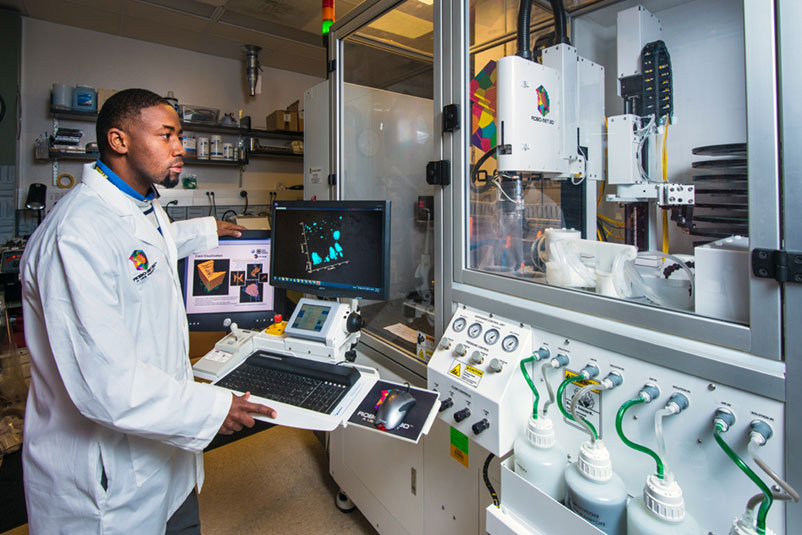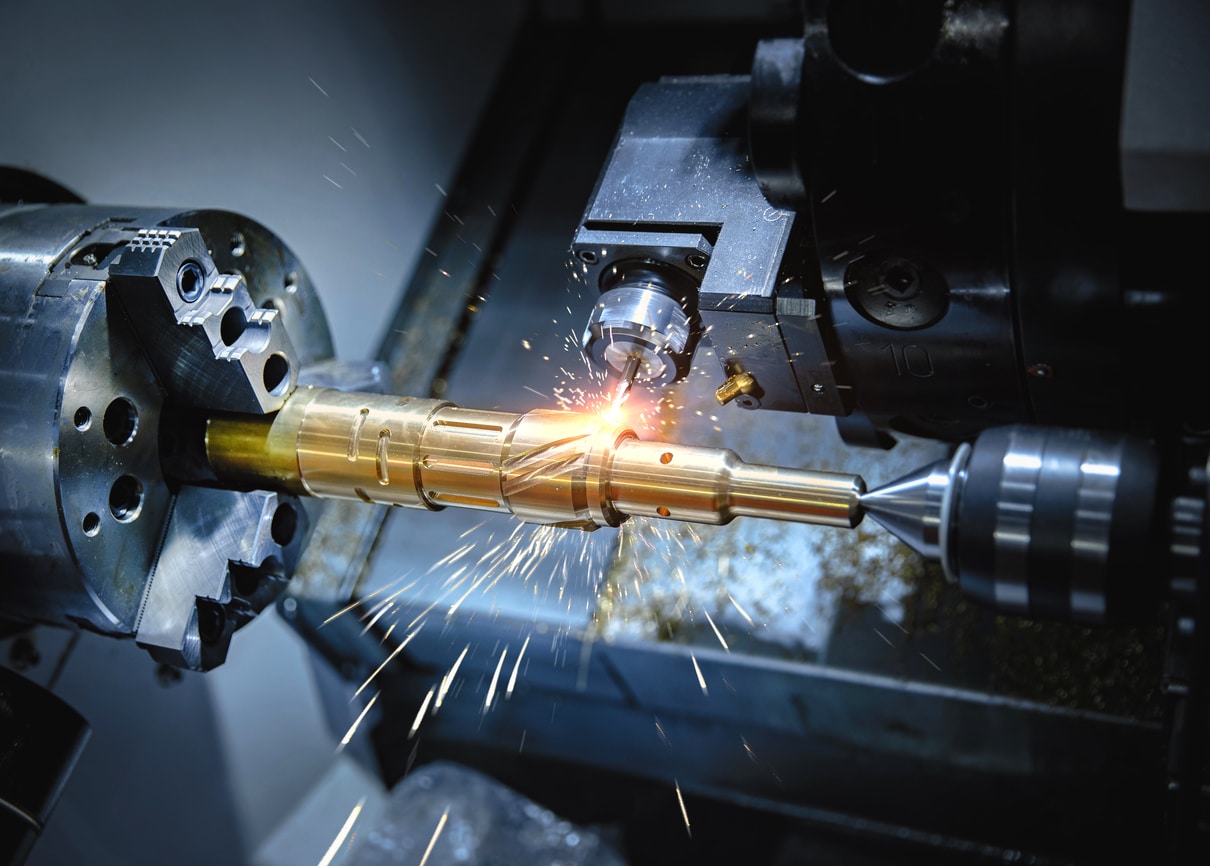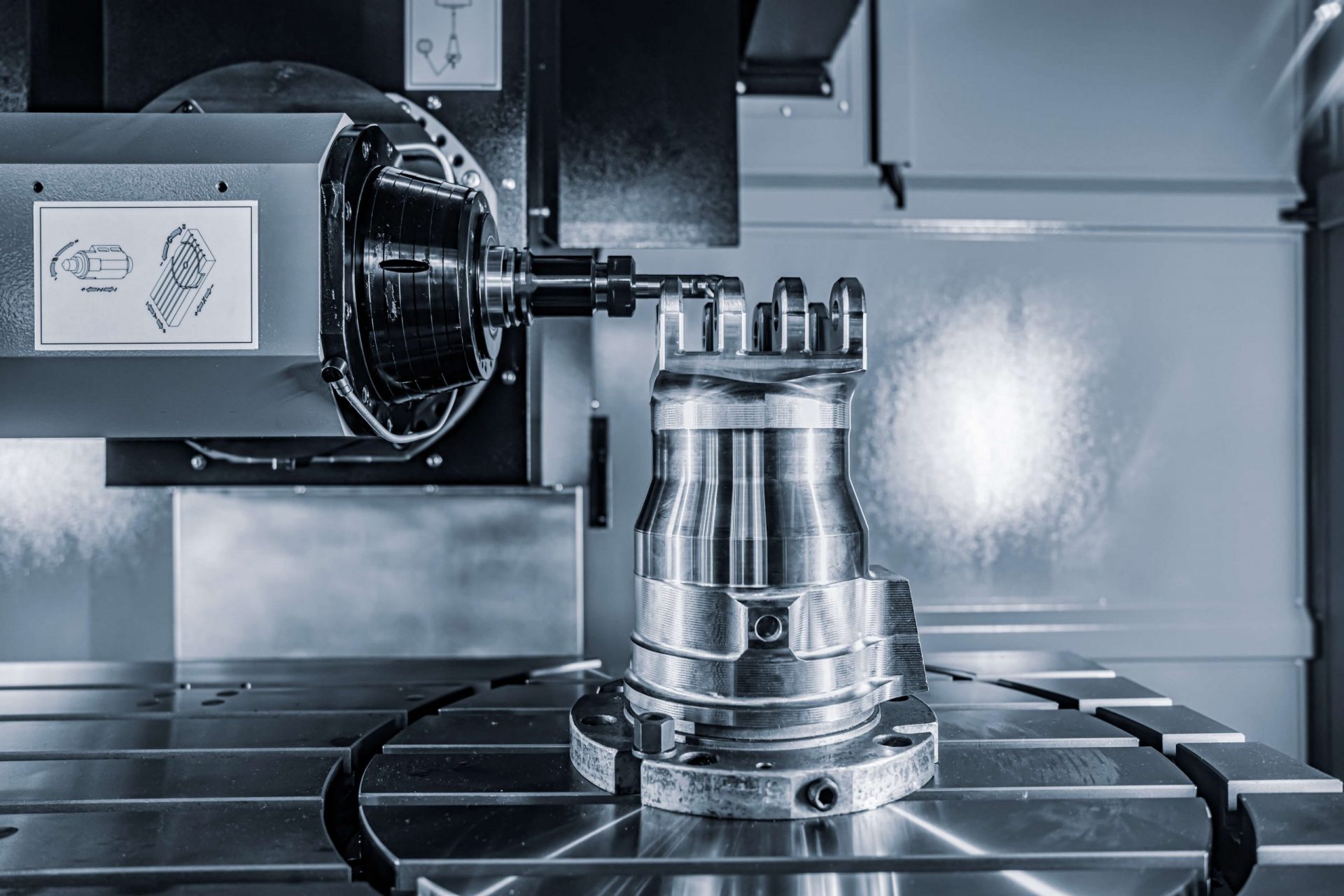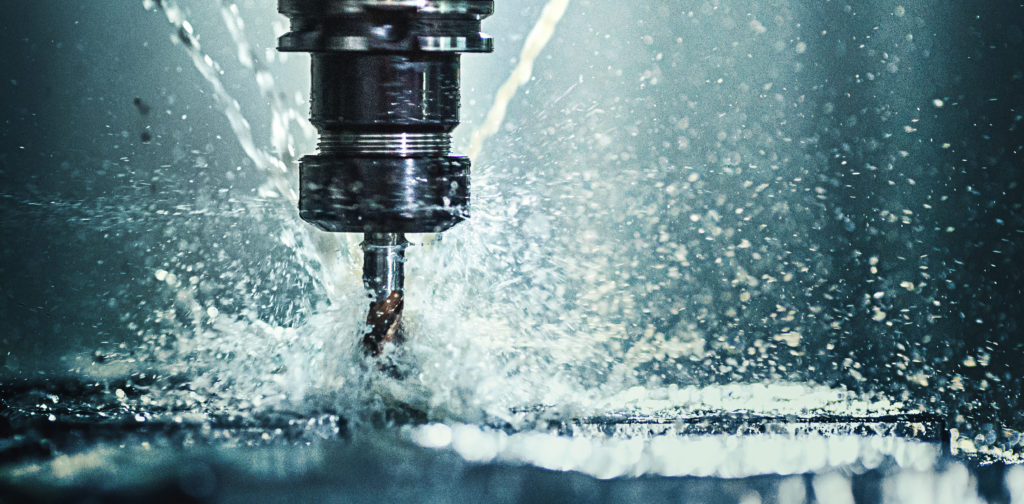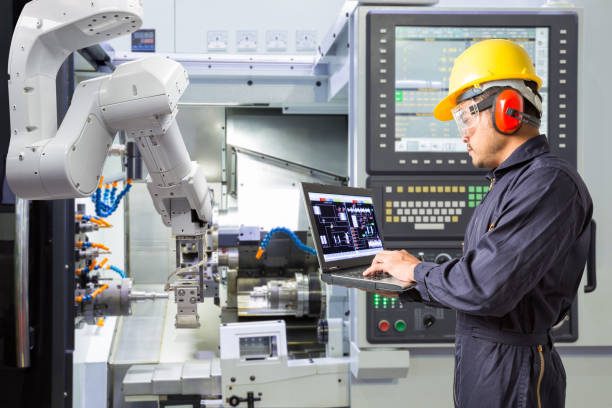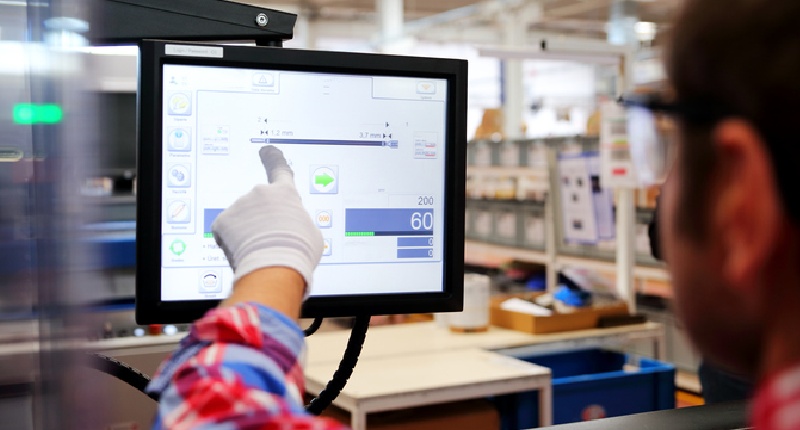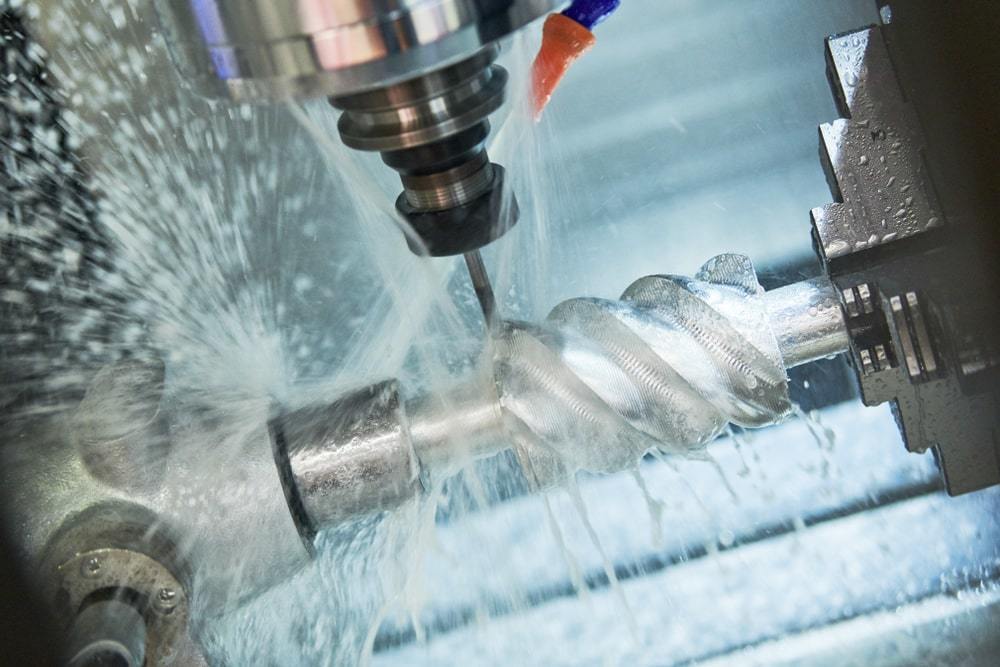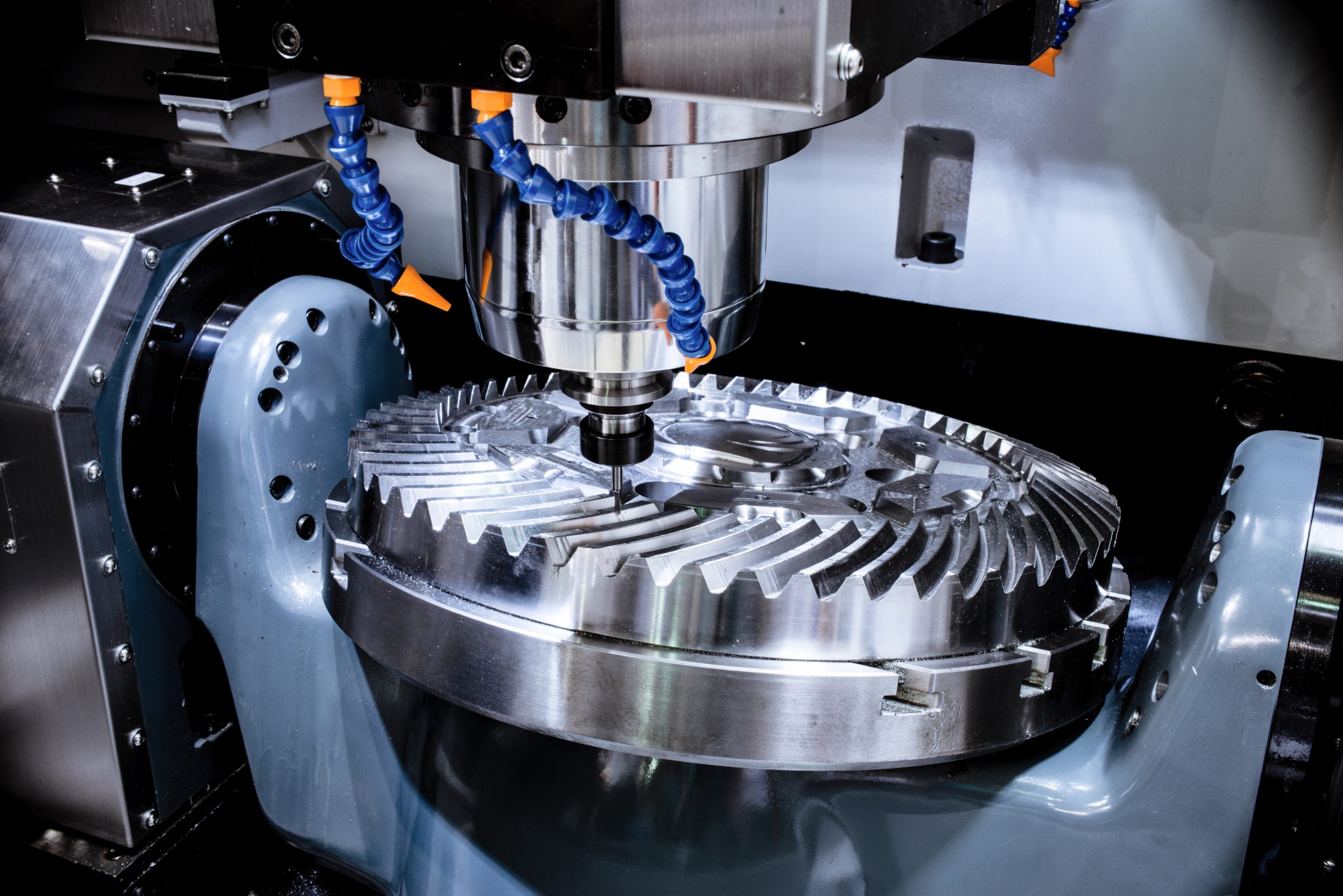Metal additive manufacturing (AM) has brought about a revolutionary change in the manufacturing industry by enabling the production of intricate and complex parts in a faster and more cost-effective manner. However, post-processing these parts is crucial but can introduce time and financial constraints that offset the benefits of AM. One of the critical steps in post-processing metal AM parts is support removal, which poses a significant challenge. While supports are necessary for maintaining part fidelity during the manufacturing process, they must be removed to achieve the desired final product with the intended shape, features, and tolerances.
Although manual support removal is still prevalent in many metal AM applications, this article explores the transition to automated support removal (and finishing) solutions and examines the advantages and disadvantages of using Computer Numerical Control (CNC) systems compared to the versatility and reliability of robots.
TO SUPPORT OR NOT TO SUPPORT? THAT IS THE QUESTION
There is an ongoing debate that the support removal challenge in AM will eventually be resolved through support-free printing. This ultimate goal would allow for complete design freedom and optimized resource efficiency, where raw materials and energy are solely utilized for the final part rather than supports.
Unfortunately, the AM industry has not reached that point yet. While designs are being optimized to minimize the need for supports, they remain a necessity for the foreseeable future. Reducing the material and energy used for supports is generally beneficial, but it can also compromise design freedom and impact the functionality of the end-use part. For instance, parts requiring filled cavities or overhangs may face challenges in achieving lightweight designs. Generative designs may also face unnecessary constraints to accommodate reduced supports.
Moreover, a focus on support reduction can affect process efficiency. For example, building long parts may require specific orientations, occupying more space on the build plate. Stacked builds may become impractical due to interconnected support structures.
In summary, while efforts should always be made to minimize supports, they currently remain essential for most complex AM applications.
MANUAL POST-PROCESSING
Surprisingly, manual support removal remains the preferred method for the majority of AM users today. Skilled technicians employ various traditional hand tools, including Dremels, to remove supports. This method has been tried and tested, requiring problem-solving skills and creativity. It is well-suited for high-mix, low-volume production environments.
However, manual support removal is time-consuming, labor-intensive, and messy, often involving toxic dust that necessitates personal protective equipment (PPE) or shielded environments. There are common issues such as the risk of powder ignition and explosion, as well as repetitive strain injuries. Additionally, manual removal lacks accuracy and repeatability, as quality control problems arise due to variations between individuals and shifts. Furthermore, scaling up manual support removal becomes challenging when the demand for AM parts significantly increases.
AUTOMATION, AUTOMATION, AUTOMATION
Some progress has been made in automating the post-processing of metal AM parts. One common approach involves the use of CNC milling machines, a proven technology widely used in various manufacturing applications, including hybrid AM. CNC machines offer undeniable accuracy and repeatability. However, just because a solution is common and successful in certain areas does not always make it the best choice.
CNC can be effective when dealing with parts that require tight tolerances and when flatness, circularity, concentricity, or dimensions need to be within a few microns. It is also suitable for support removal in large batch builds with simple geometries that can be easily fixtured in a few orientations. Furthermore, CNC can be a good fit for prints where a CNC EDM (Electrical Discharge Machining) takes care of most supports during platform removal.
However, CNC machines are not well-suited for thin-walled components, space-saving stacked builds, lattice structures, or breakaway supports. CNC programmers also struggle with generatively-designed organic shapes with compound curves.
This highlights the argument against using CNC for support removal in the AM ecosystem.
One of the key advantages of AM is the design flexibility that enables users to iterate, customize, and upgrade components from one batch to the next. Companies utilizing AM for production purposes rarely invest in rigid industrial automation as any design iteration would require new CNC trajectories and come at a high cost. The design flexibility of AM should extend throughout the entire manufacturing process chain.
This issue is similarly encountered in tooling and fixturing. High-precision fixtures suitable for rigid industrial automation do not make sense unless committing to a long-term design.
Additionally, batch-to-batch variability poses a challenge. Even with perfect fixtures and tool paths, relying solely on a perfectly predictable support surface directly from the printer may not be ideal. AM supports are designed to deflect, ensuring that AM parts remain stable. The thin connections between supports and components minimize surface witnesses and facilitate the easy removal of scaffolding. Material composition may even vary between batches, resulting in different behaviors and appearances of supports.
ROBOTS TO THE RESCUE
Automation in AM requires adaptability, especially for support and witness removal. This challenge has been addressed through sophisticated software and artificial intelligence systems that generate tool paths and robot motions without the need for an entire systems-engineering team. This allows for quick iteration and automation of small batches.
Instead of high-precision fixtures, 3D scanning can be utilized to locate parts. This means that plastic fixtures can be quickly produced using desktop FDM printers without concerns about accuracy or design changes. Force sensors can be employed to sense the surface and adjust the machining process accordingly, spending more time on high spots until the final shape is achieved or achieving a consistent finish through polishing.
One significant advantage is that robots can employ various tools for support removal and finishing. If the suitable tools for the materials or types of supports used are already known, these exact tools can be attached to a robot, providing greater confidence in the automation process. Adding a new custom tool to a robot is similar to adding a new type of endmill to a CNC machine and does not require costly involvement from a system integrator.
Rivelin Robotics, a specialist in metal AM post-processing, already offers products that demonstrate these capabilities. The company specializes in developing and installing robots designed specifically for a wide range of AM post-processing applications. Rivelin Robotics’ advanced robotic solutions excel in reliable and accurate support removal.
Compared to traditional CNC machines, Rivelin Robotics’ robots offer several advantages such as improved speed, accuracy, and repeatability for support removal and finishing processes. They are highly flexible and can be easily adapted to different applications and processes.
Safety is a significant focus in the design of Rivelin Robotics’ robots, featuring protective casings and safety features that reduce the risk of accidents and injuries. Moreover, their power and coolant requirements are significantly lower than those of CNC machines, leading to increased resource efficiency, energy efficiency, and waste reduction.
In summary, robots are emerging as a superior solution compared to CNC machines for automating support removal from metal AM parts due to their speed, efficiency, flexibility, accuracy, repeatability, safety, cost-effectiveness, and sustainability. Integrating robots into the process not only improves the quality of the finished product but also ensures a safer, more sustainable, and cost-effective end-to-end manufacturing process.

